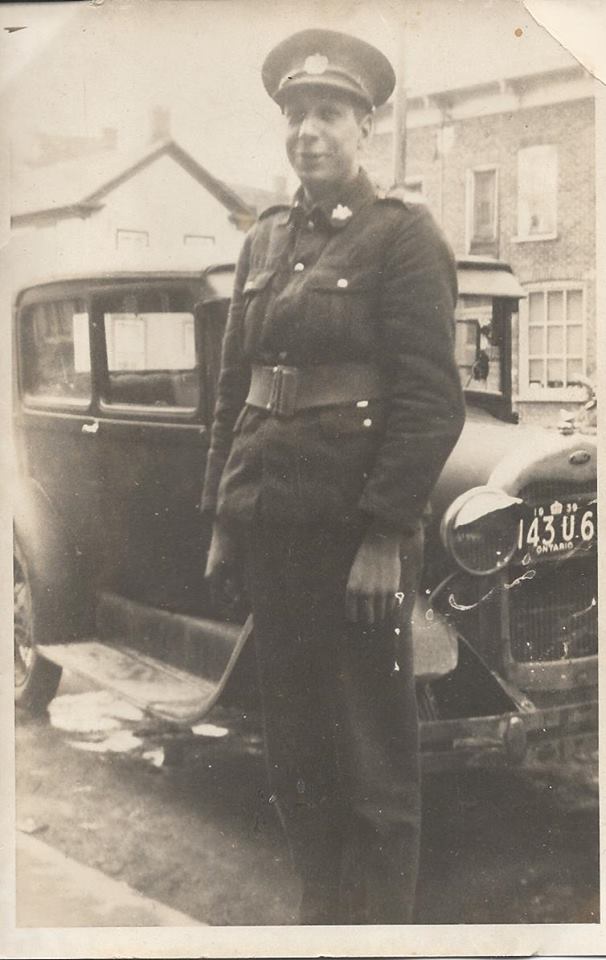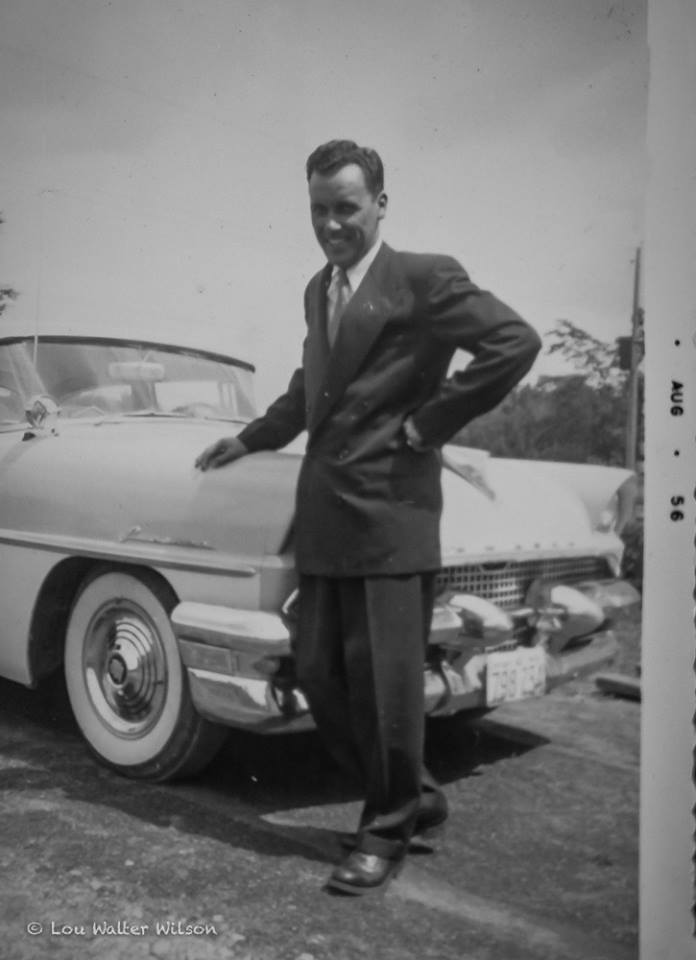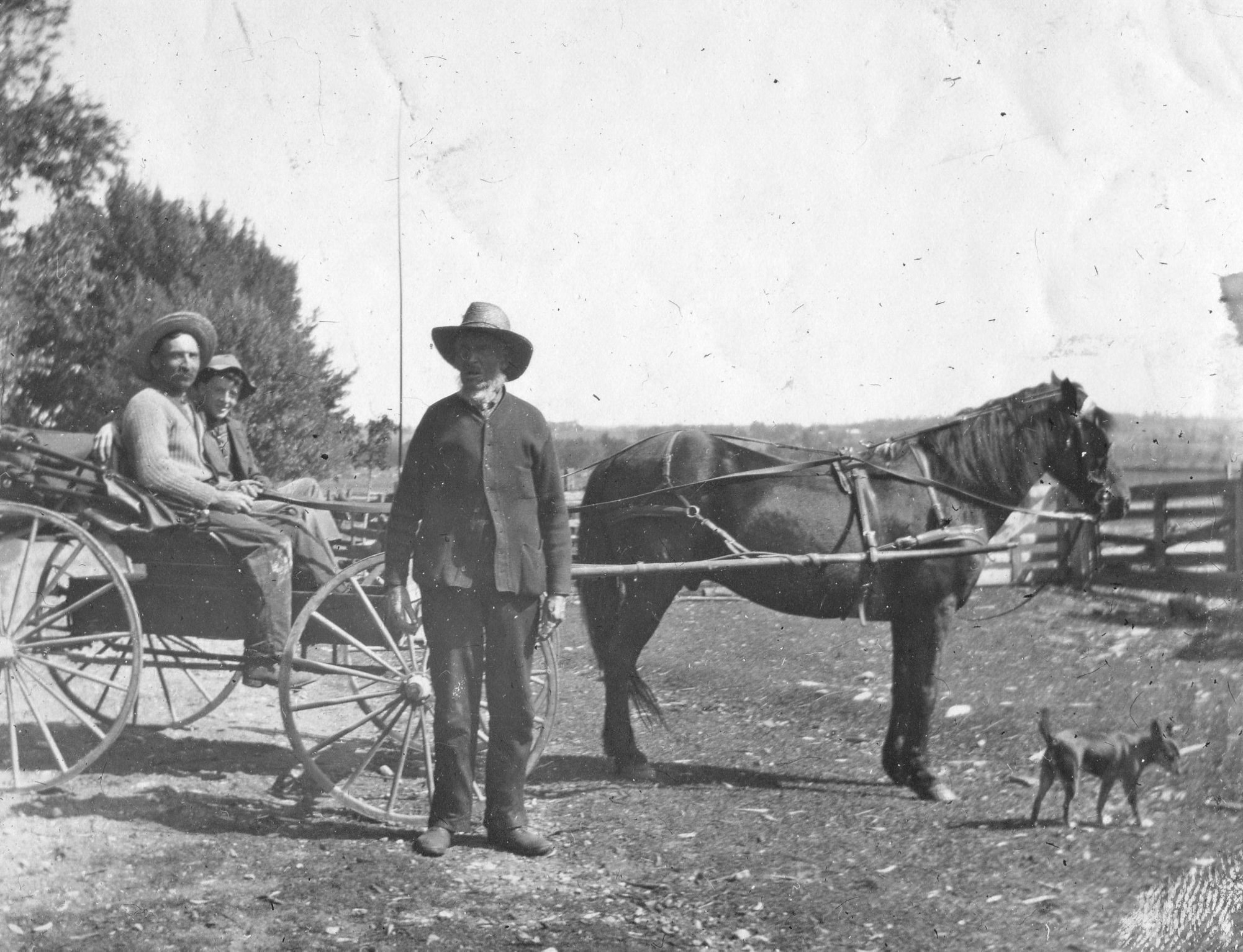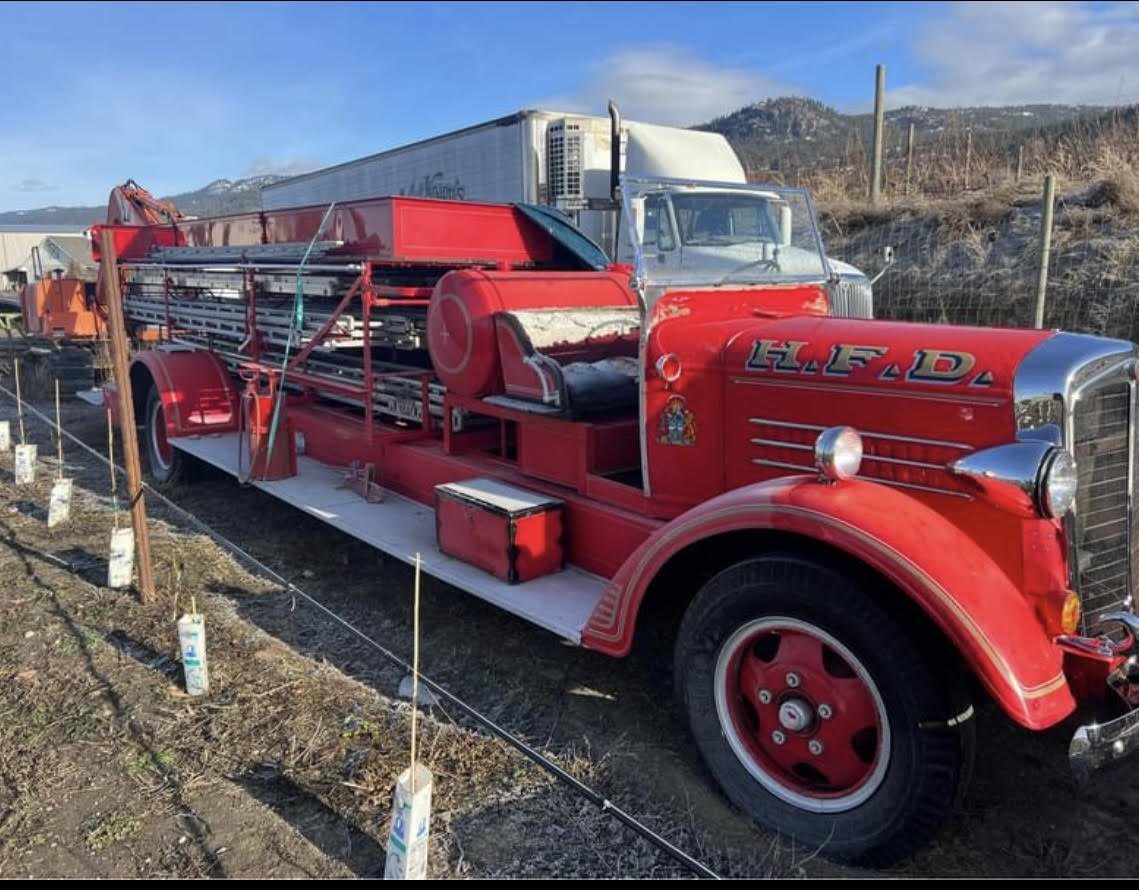ZION SCHOOLHOUSE BURNS
/MARMORA HERALD JULY 28, 1971
Zion schoolhouse, a Marmora Township landmark since it was built In 1913 (ed. 1903?) and now the summer home of Mr. and MS. Grenville Lunau of Toronto, was struck by lightning during a violent electrical storm about 3:00 o'clock Monday afternoon, and completely destroyed by the ensuing fire.
The smoke was first noticed by Jim Young, Doug Carman, and Don Tompkins who were working on the new home of Mr. and Mrs. Dalton Vilneff, a quarter of a mile away. Mr. Young went to investigate then hurriedly returned for the other two men and they removed the oil tank. They also rescued the family's dog which had been shut in while Mr. and Mrs. Lunau and their two sons were in Belleville for the day. With the help of Morris VainVoikenburg, who was driving by with his wife, the men managed to save some furniture.
Mrs. Dalton Vilneflf tried to phone for the Fire Department from the home of Mr. and Mrs. Tom Hedley but their phone was out of order due to the storm and Mrs. Vilneif was forced to drive a mile to the home of Mr. and Mrs. William Snider.
Marmora's Voluntary Fire Department responded to the call at 4:05 and fought the blaze until their water supply ran out They were able to refill the tank at a nearby stream but the fire was too well advanced and finally they concentrated on keeping the oil tank from exploding.. The flames and smoke rose to a great height and the heat could be felt across the road.
Mr. and Mrs. Lunau purchased the old schoolhouse five years ago and had made extensive renovations to the interior, intending to retire there in future. In the meantime, the family spent holidays and. weekends there and were enjoying a week's vacation when the fire took place..
The house and contents were only partially covered by insurance and represent a: great loss to Mr. and Mrs. Lunau who collect and restore antiques for sale. They also lost clothing and a minibike belonging to one of their sons.
zION SCHOOL 1903 Ella Faulkner -teacher - Clayton Curtis, J. Wright, W.Sharp, Mabel Bailey, Hazel McMullen, Clifford Chard, Myrtle Sharp, Elda Janson, Evelyn Eggleton, Flossie Bailey, Martha Pounder, Percy MacMullen, Iva Maybee, Claude Scott, Selbourne Sharp, Edith Curtis, Ella Cummings, Vera Sharp, Meryl Cummings, Liza Sharp, Myrtle MacMullen, Twins Ida and Ila Sharp, Melville and Melbourne Sharpe, Percy Lawrence, L. Rupert, Serge Johnson, Roy Scott, B. Sharp, Clifford Maybee, Floyd Garrison, Ernst Curtis, Clarence Maybee





















































































